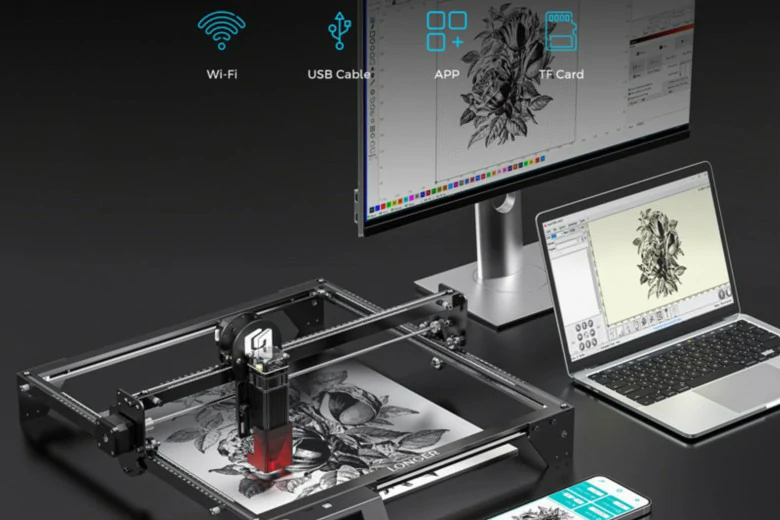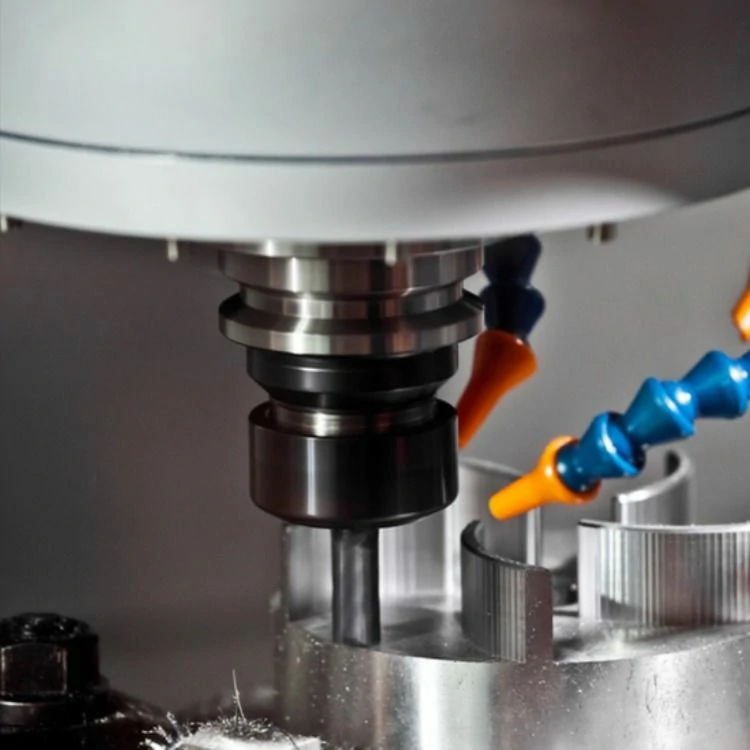Title: Resolving Aluminum Parts Sticking to the Machining Center in Minutes
Introduction:
The issue of aluminum parts sticking to the machining center is a common problem faced by manufacturers. However, by implementing a few effective strategies, this problem can be resolved quickly and efficiently. This article aims to explore some solutions that can ensure seamless machining processes.
1. Understanding the Problem:
Before we delve into the solutions, it is crucial to understand why aluminum parts tend to stick to the machining center. One primary reason is the high temperature generated during the machining process, causing the aluminum to melt and adhere to the machine. Moreover, the lack of lubrication or improper cooling methods can exacerbate this issue.
2. Enhancing Lubrication Techniques:
Proper lubrication plays a significant role in preventing the sticking of aluminum parts. By optimizing lubricants and coolants, manufacturers can effectively reduce friction, dissipate heat, and prevent the aluminum from adhering to the machining center. It is essential to select lubricants specifically formulated for aluminum machining to ensure smooth operations.
3. Implementing Cooling Systems:
Overheating is one of the leading causes of aluminum parts sticking to the machining center. To combat this, manufacturers should invest in efficient cooling systems. Coolant sprays, air blasts, or even cryogenic cooling can significantly reduce the temperature, preventing the aluminum from melting and sticking to the machine. Regular maintenance of cooling systems is equally important to ensure their effectiveness.
4. Surface Coatings and Treatments:
Applying appropriate surface coatings or treatments to the machining center can also help overcome the problem of sticking aluminum parts. For instance, using anti-friction coatings such as graphite or Teflon can create a barrier between the aluminum and the machine, reducing adhesion. Additionally, treating the machine’s surface with release agents or coatings specifically designed for aluminum machining can provide a non-stick surface.
5. Optimizing Cutting Parameters:
Adjusting the cutting parameters is an effective way to prevent aluminum parts from sticking. By modifying the cutting speed, feed rate, and depth of cut, manufacturers can control the heat generated during the machining process. Finding the optimal balance between efficient material removal and controlled temperature can significantly reduce the chances of sticking.
6. Emphasizing Chip Control:
Proper chip control is vital for preventing aluminum parts from sticking to the machining center. Implementing appropriate chip evacuation techniques, such as using chip breakers or implementing specialized tools, helps in removing chips efficiently. This prevents chip build-up and reduces the likelihood of adhesion.
7. Regular Maintenance and Cleaning:
Regular maintenance and cleaning of the machining center are essential for preventing aluminum parts from sticking. Any residue, coolant buildup, or debris should be promptly removed to maintain optimal machine performance. Scheduled inspections and cleaning routines should be established to ensure smooth operations and prevent any potential sticking issues.
Conclusion:
By implementing the strategies mentioned above, the problematic issue of aluminum parts sticking to the machining center can be resolved quickly and efficiently. Through enhanced lubrication techniques, cooling systems, surface coatings, optimizing cutting parameters, emphasizing chip control, and regular maintenance, manufacturers can achieve seamless machining processes. It is crucial to stay updated on the latest advancements in machining technology and continuously improve practices to remain at the forefront of efficient manufacturing.
.webp)



